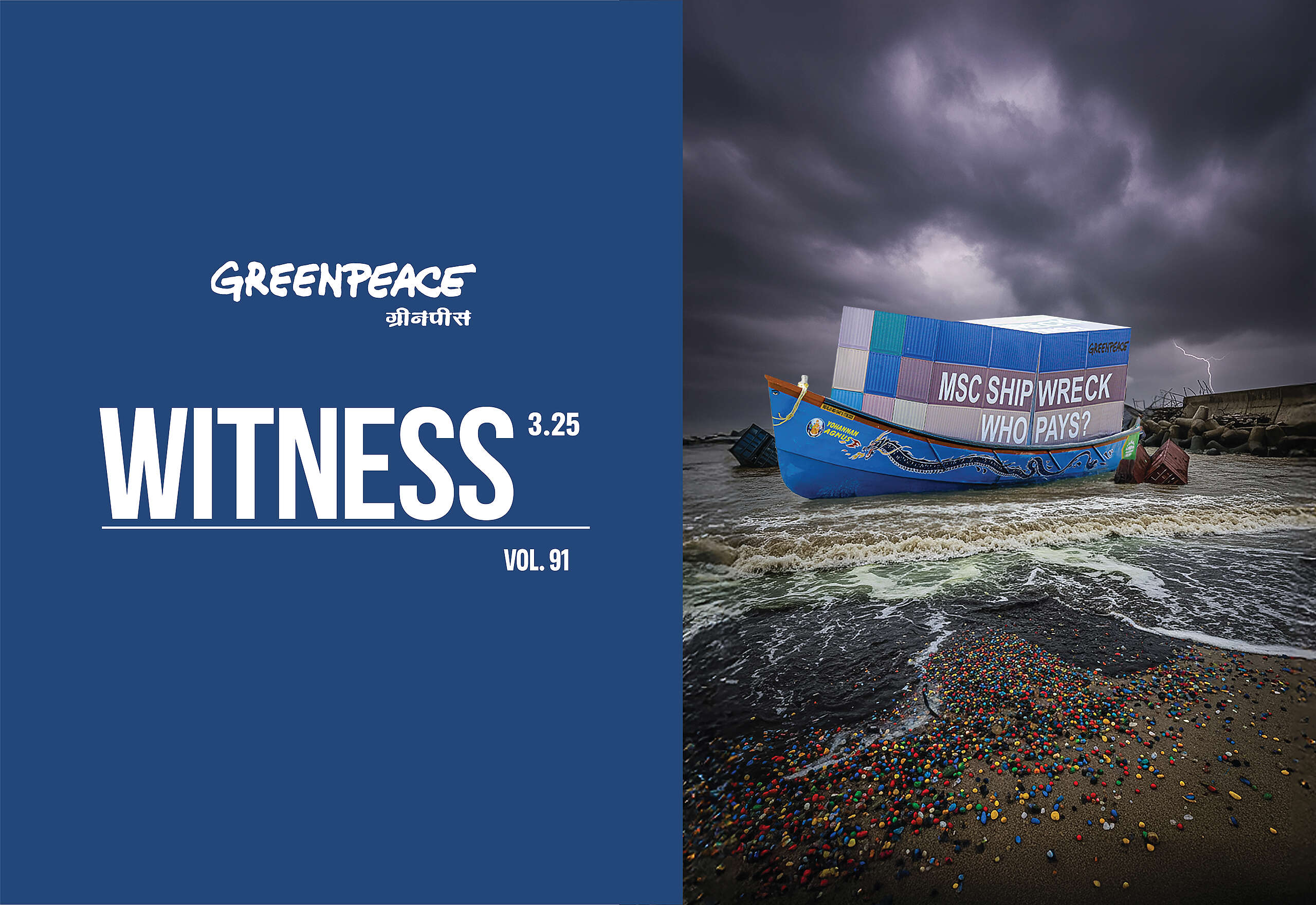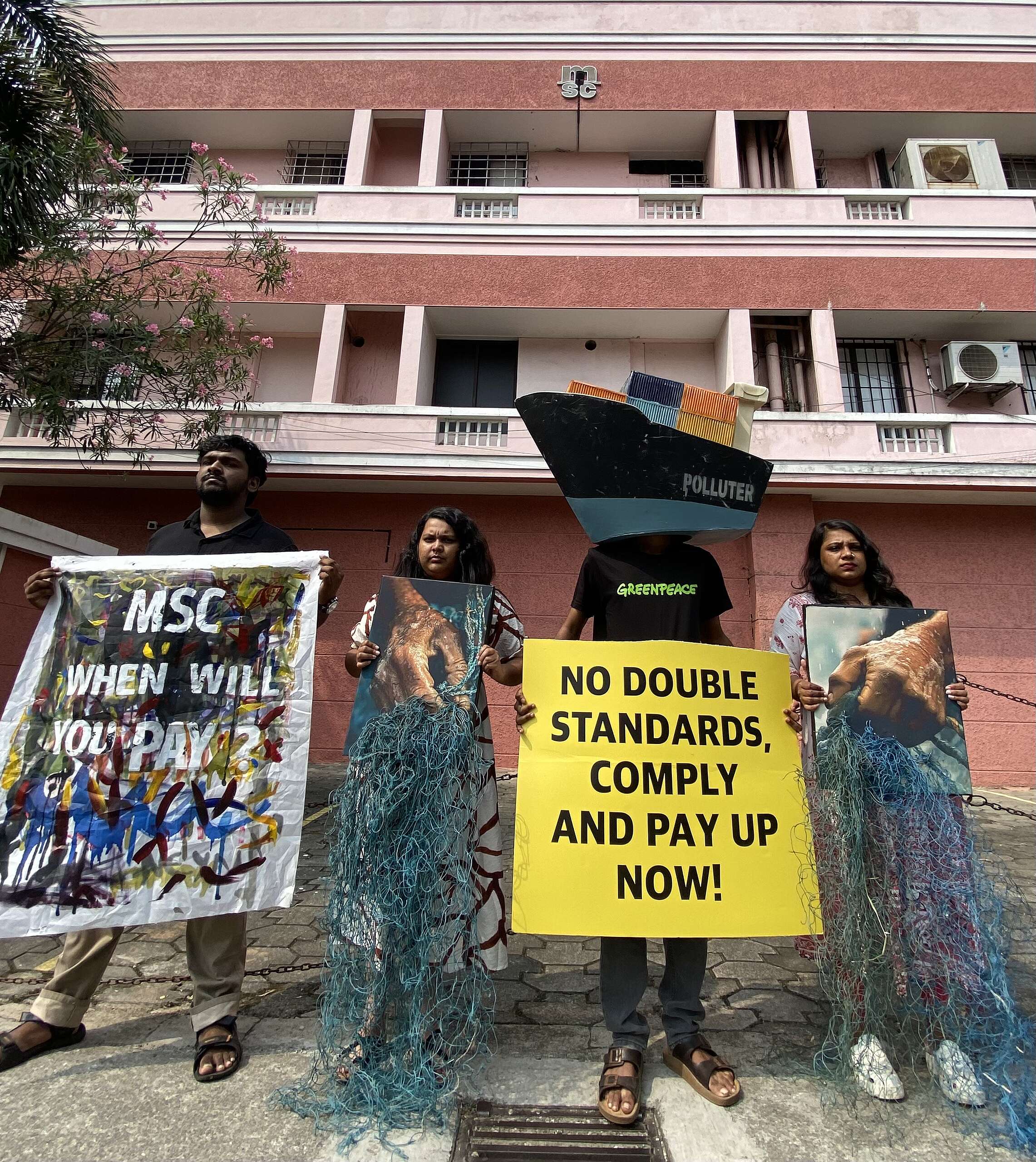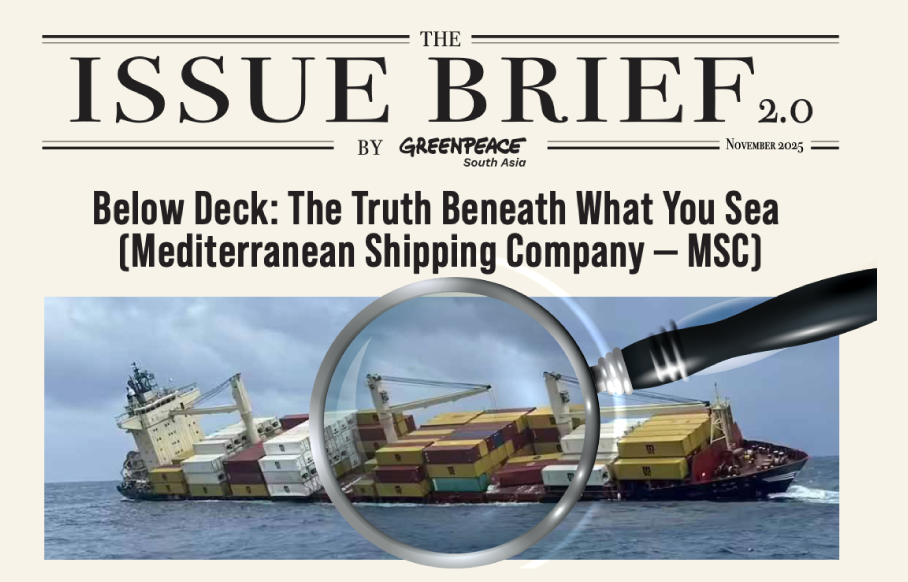This World Oceans Day on 8 June 2025 was a powerful reminder that the blue planet, which sustains most of life on Earth, demands urgent protection. It is more than a symbolic date – it is a call for action. As overexploitation, deep-sea mining, and plastic pollution endanger the oceans, we must remind ourselves that it comes at the cost of endangering millions of marine species and the ecosystem that produces half of the world’s oxygen.
Yet, not all hope is lost. The adoption of the Global Oceans Treaty, also known as the High Seas Treaty, and formally known as the Biodiversity Beyond National Jurisdiction (BBNJ) Agreement, has paved a long-awaited pathway toward safeguarding marine life beyond national territorial waters. This protection extends into the high seas, which constitute approximately two-thirds of the world’s oceans.
Setting a precedent for other South Asian countries, Bangladesh’s early ratification of the Global Oceans Treaty brings a glimmer of hope for tapping into its immense yet unrealised marine potential. However, the question remains: will it serve justice in one of the world’s most climate-vulnerable coastal regions?
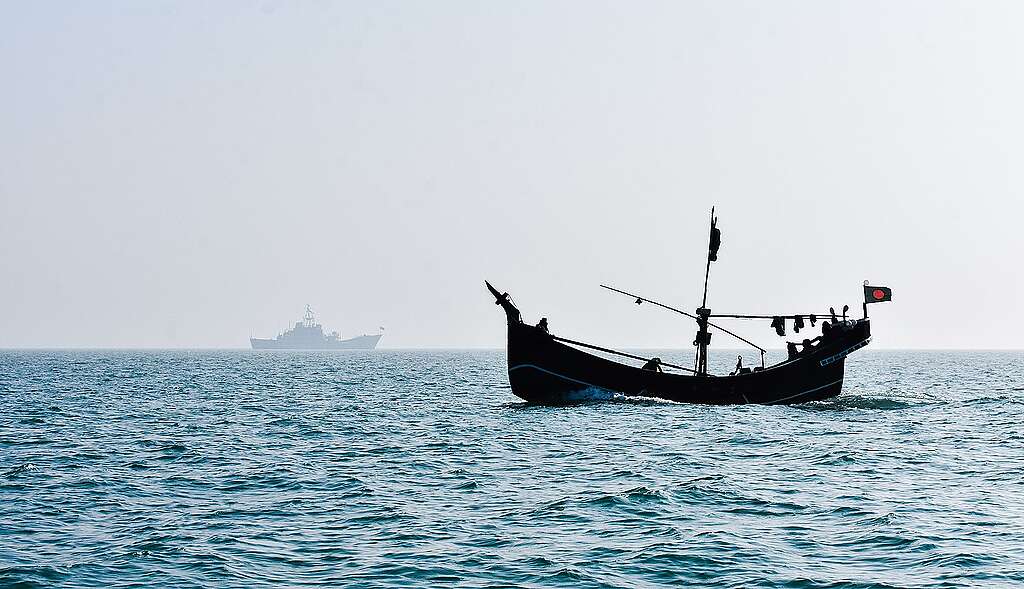
What is the Global Oceans Treaty?
On 19 June 2023, the Global Oceans Treaty, or BBNJ Agreement, was adopted under the United Nations Convention on the Law of the Sea (UNCLOS) with the aim of conserving the oceans and ensuring sustainable use of marine biodiversity in areas beyond national jurisdiction. The Agreement is designed to address four main issues within the largely unregulated high seas:
- Marine Genetic Resources (MGRs) to establish guidelines for the fair and equitable sharing of benefits;
- Area-Based Management Tools (ABMTs), including designating Marine Protected Areas (MPAs) to safeguard ocean habitats from endangering activities;
- Environmental Impact Assessments (EIAs) to assess and prevent any potential ecological damage from industrial activities; and
- Capacity-building and the transfer of marine technology (CB&TMT) to support countries in developing the skills and technology required to manage and protect marine biodiversity.
Additionally, the Agreement emphasises the establishment of a funding mechanism and institutional arrangements, such as the Conference of the Parties, subsidiary bodies, a Clearing-House Mechanism, and a secretariat to promote equal participation and facilitate financial and technical support to signatory countries.
While the institutional arrangements and CB&TMT efforts hold significant promise for developing countries such as Bangladesh, it is yet to be seen how efficient and equitable the implementation of the Agreement’s provisions will be in practice.
Ocean Justice and South Asia
Ocean justice prioritises the planet and its people first. It is grounded in the principles of environmental protection, social equity, and human rights. At its core, ocean justice demands fair and equitable sharing of ocean-related benefits, protecting marine biodiversity, and establishing accountability and transition mechanisms to support inclusive and sustainable ocean governance.
In recent years, South Asia has witnessed a growing consensus on tackling marine plastic pollution—an alarming issue that significantly threatens both human and ocean health. From coastal communities to deep-sea ecosystems, plastic waste is choking life beneath the waves and endangering livelihoods that depend on the sea. While another Global Treaty for Plastics is being discussed to address this particular threat, the Ocean Treaty (BBNJ) is a beacon of hope and the leading example for multilateral and inclusive action. More importantly, it emphasises international and regional cooperation, making it a valuable tool for South Asia to confront shared challenges in ocean governance and advance ocean justice.
With Bangladesh and the Maldives having ratified the Treaty, and India, Nepal, and Sri Lanka expected to follow, momentum is steadily building. However, it is crucial that other neighbouring countries also take this step to rewrite the region’s relationship with the ocean, placing justice, sustainability, and cooperation at the centre.
Bangladesh and the Global Oceans Treaty
Bangladesh’s marine environment stretches along the northern coast of the Bay of Bengal in the Indian Ocean. It plays a vital role in the development of its blue economy—an economy on which millions of livelihoods, jobs, and the health of ocean ecosystems depend. Although this climate-vulnerable coastal country has enacted legal frameworks such as the Maritime Zones Act 2019 and the Blue Economy Policy, these instruments do not extend to regulating activities or impacts originating from the high seas beyond national jurisdiction. As per UNCLOS, Bangladesh exercises sovereign rights over its Exclusive Economic Zone (EEZ) extending up to 200 nautical miles from its baseline in the Bay of Bengal, beyond which lie the high seas.
The Global Oceans Treaty is a crucial step towards ensuring ocean justice in the largely unregulated high seas. However, Bangladesh faces significant limitations in its implementation and enforceability. Much of the treaty’s effectiveness for Bangladesh depends on the country’s ability to expand and enhance its biotechnological and marine research capacities, whether to claim its fair share from MGRs or to ascertain the MPAs. Although the treaty focuses on capacity-building and technology transfer for developing countries, its success is contingent upon regional cooperation and the ratification by other countries, which would legally oblige them to share necessary technological expertise with Bangladesh.
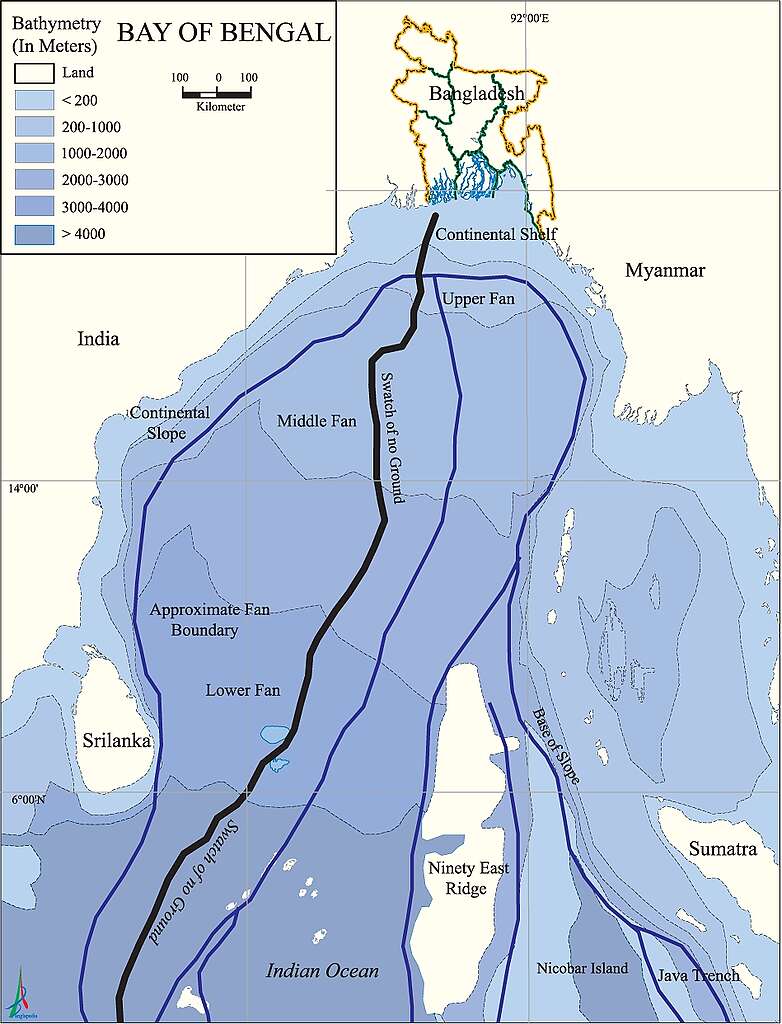
“Ocean justice cannot be achieved in isolation – it must be gained through global and regional solidarity for a sustainable tomorrow.”
Bangladesh’s commitment to the Global Oceans Treaty’s universal and international implementation is a pivotal step towards ocean justice. This commitment must be matched by both national and global efforts advocating for equitable benefit-sharing, enhanced technological support, and stronger environmental protections to contribute to and benefit from a just and sustainable ocean future.

Author
Fabiayea Hassan is a barrister based in Bangladesh. She previously served as a Legal Professional at the Chambers of the International Criminal Court in The Hague. Currently, she is a Legal Research Fellow at Greenpeace South Asia, focusing on the intersection of environmental justice and human rights.

